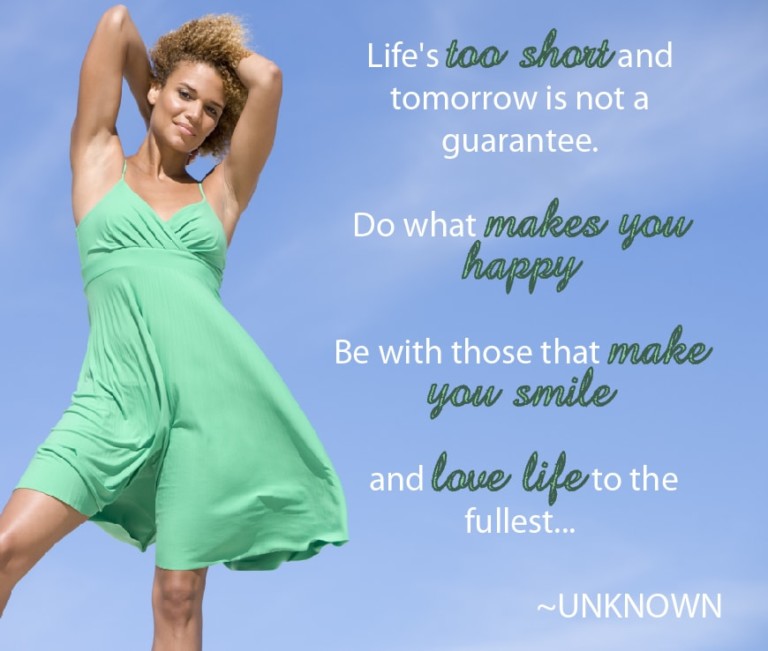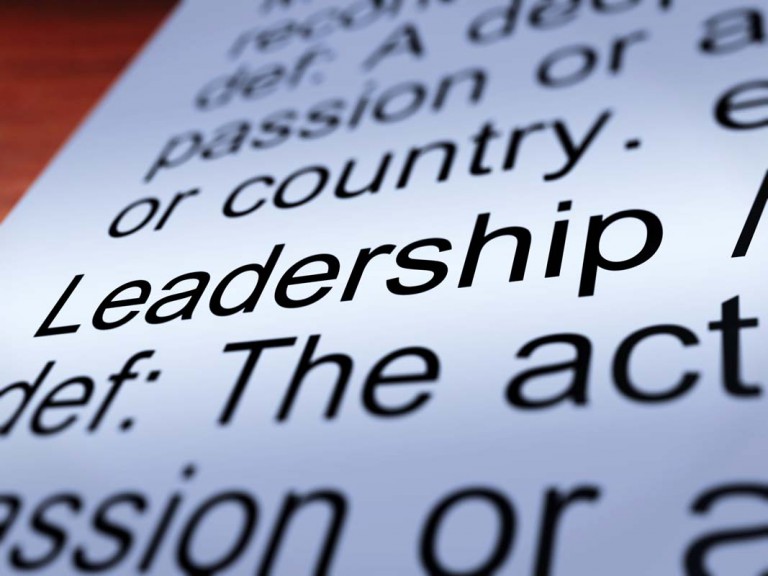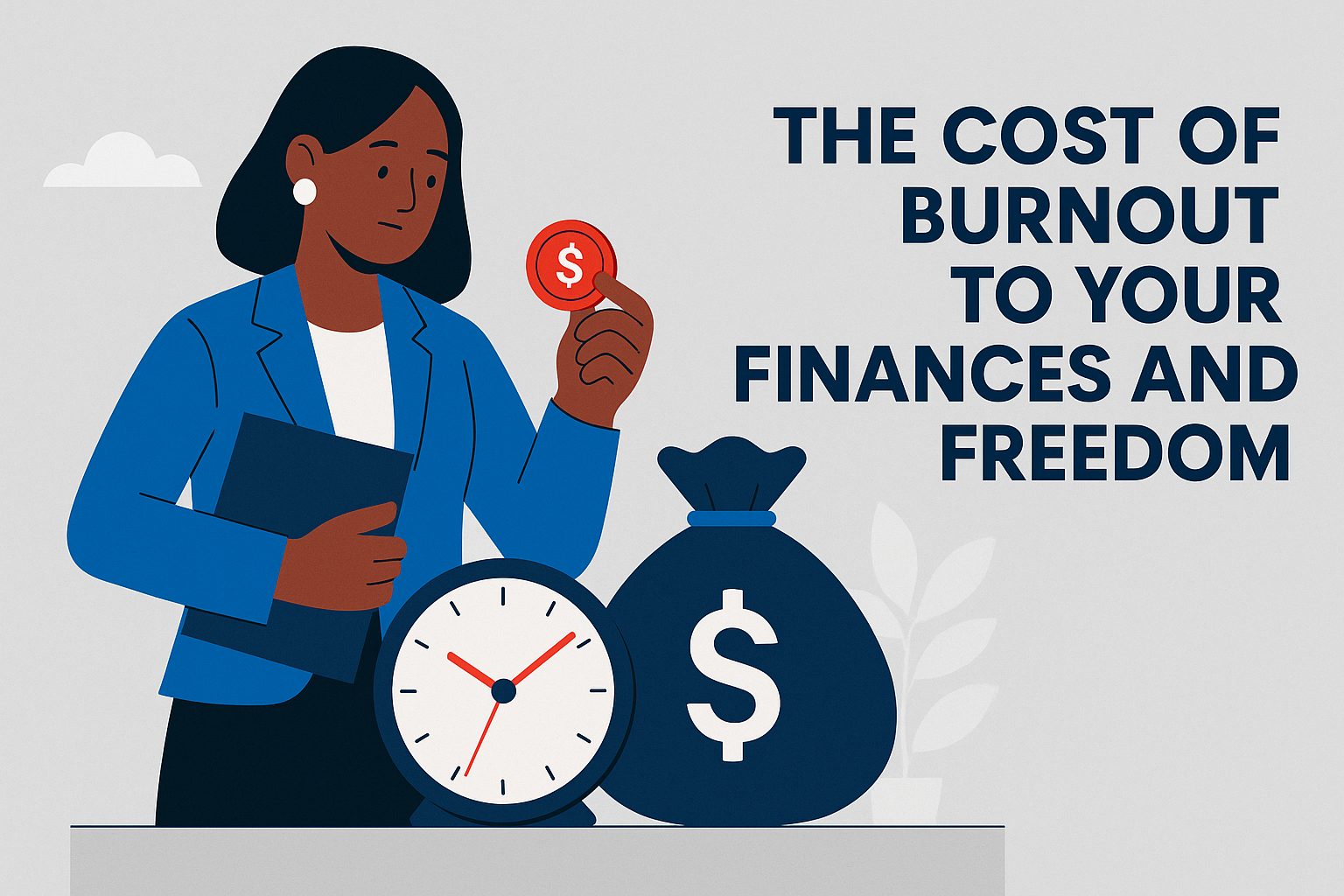CEO Mindset Monday
Preventing burnout doesn’t always look like collapsing in exhaustion. Sometimes it’s quieter. It feels like doing the bare minimum just to keep the lights on. It’s questioning if the effort is worth the stress, even when you still care about the dream.
I know this stage well. There was a season where all I could manage for Backbone America was writing weekly blog posts. On paper, I was still “showing up.” But in truth, I was drained. Those posts weren’t moving my business forward. They were the safe tasks I could do without falling apart. It felt like I was stalling—clinging to something without having the energy to actually grow it.
Looking back, I see that as burnout. It wasn’t hopelessness. It was the dull ache of pushing without momentum, of wondering if the dream was worth the constant grind. And yet, I came out the other side. What I learned is that burnout isn’t a permanent condition. It’s a signal—one that tells you it’s time to design differently.
In this post, I’ll share what burnout really feels like, how we get there, how to avoid it, and most importantly, how to revive yourself if you’re already in it.
What Burnout Feels Like in Real Life

For me, burnout felt like going through the motions. I wasn’t giving up—but I wasn’t pushing forward either. I’d tell myself, At least I wrote a post this week. But underneath that was a nagging sense of guilt. I knew blog posts alone weren’t the engine of my business. They weren’t going to bring in new clients or revenue. They were simply what I had capacity for.
If you’ve ever found yourself wondering, Why bother?, or if you’ve started filling your time with “safe work” instead of meaningful progress, you’re likely in burnout territory too.
How We Get There: The Roots of Entrepreneurial Burnout
Burnout happens when we spend energy faster than we recover it. For mid-career professionals still holding down a 9–5, the risk is even higher. Here’s why:
Balancing two lives. Your day job demands structure and performance. Your business dreams demand creativity and risk. Living both at once leaves very little margin.
Pushing without momentum. Nothing drains energy faster than giving 10 hours and seeing no return. Early stages of business often require patience, but our minds crave immediate payoff.
Misaligned effort. When I was exhausted, I defaulted to writing blog posts. They felt like progress, but they weren’t tied to revenue. That mismatch made me feel busy while staying stuck.
Pressure of expectations. We want results yesterday. But systems, audiences, and offers take time to build. That impatience feeds burnout when progress feels too slow.
Add it all up, and it’s no wonder so many entrepreneurs stall before they’ve really started.
Strategies to Avoid Burnout Before It Hits
The best strategy for burnout is prevention. That means building with sustainability in mind, not just grit. Hustle can get you started, but it won’t carry you through the long haul of building a business while working a 9–5. These four strategies will help you stay ahead of burnout and protect your energy from the start.
Build Capacity with Systems, Not Just Hustle

This is where automation, templates, and repeatable processes come in. Think about the tasks you repeat every week: sending emails, following up with leads, posting on social media. If you set up an automated sequence once, it can work for you 24/7. If you build a template, you don’t start from scratch every time. These systems turn one hour of focused setup into dozens of hours saved in the future.
When I relaunched Backbone America, this was the biggest shift I made. The first time around, I tried to do everything manually—writing every email by hand, chasing every follow-up. The second time, I leaned into automation. That shift freed me from endless to-do lists and gave me the bandwidth to focus on growth instead of survival.
Ask yourself: Where am I repeating effort that could be automated or templated? Tackling just one system at a time is enough to protect your energy long-term.
Protect Your Core Energy
Entrepreneurs love to talk about productivity hacks, but the real secret is much simpler: your brain and body are your most important business assets. Burn them out, and no strategy in the world can save you.
Sleep, food, and downtime aren’t indulgences. They’re business strategies. Skipping them might buy you a few extra hours now, but you’ll pay double later in mistakes, low creativity, or even health crises. I learned this the hard way as a teacher. Stress and ignoring the toil it was taking on my health sent me to the ER with dangerously high blood pressure. That was my wake-up call: no dream is worth sacrificing your body.
For you, protecting energy might look like setting a firm cutoff time in the evenings. Or scheduling a non-negotiable workout, even if it’s just a walk around the block. Or keeping weekends sacred for recovery. Think of it as charging your battery before the next sprint.
Ask yourself: If I treated my body like my most valuable business investment, what would I change today?
Focus on High-Leverage Tasks

High-leverage tasks are those that create compounding results: client acquisition, partnerships, automations, or content that continues to work for you long after you create it. They generate momentum instead of just filling your schedule.
I made this mistake myself. In burnout, I defaulted to “safe” tasks like writing blog posts. They were easy wins, but they didn’t build revenue. If I could go back, I would have channeled that limited energy into an ad push or a lead magnet. The difference? Blog posts gave me a sense of productivity, but a strong funnel would have given me traction.
Ask yourself: If I only had 2 hours this week, which tasks would create momentum I can still feel a month from now? Focus there.
Anchor Your Focus with Clarity
Ambiguity is exhausting. Nothing drains your energy faster than sitting down to work without knowing exactly what matters most. That’s where SMART Goals come in: goals that are Specific, Measurable, Achievable, Relevant, and Time-bound.
Clarity turns a vague dream into a clear roadmap. Instead of “grow my business,” a SMART Goal might be, “Build a landing page and drive 100 visitors to it in the next 30 days.” That’s concrete. You know when you’ve succeeded, and you know what steps to take next.
When I shifted from chasing broad dreams to setting clear, specific goals, everything changed. I stopped wasting energy on guesswork. I stopped stalling. Even in low-energy weeks, I could still make progress because I knew exactly what progress looked like.
You can grab my guide to Start Your Business with SMART Goals to see how they can work for you. It’s a simple tool, but it can transform the way you approach your business and dramatically cut your risk of burnout.
Ask yourself: Do I know the next three concrete steps I need to take, or am I stuck in vague hopes?
With these four strategies—systems, energy protection, leverage, and clarity—you create a business that feeds you instead of drains you. Burnout may still try to creep in, but you’ll be armed with defenses that keep you moving forward sustainably.
Strategies to Revive Yourself If You’re Already Burned Out
What if you’re already there? What if you’re tired, unmotivated, and barely keeping things afloat? The key is to stop fighting yourself. Burnout doesn’t mean you’ve failed—it means your current way of working isn’t sustainable. Here’s how to revive yourself and rebuild your sense of momentum.
Normalize It
The first step in recovery is acknowledging burnout without judgment. Too often, entrepreneurs feel guilty for slowing down. But burnout doesn’t mean you’re weak—it means you’ve been carrying too much for too long without recovery.
When I was teaching, I ignored the warning signs until my body forced me to listen. My trip to the ER taught me that pretending you’re fine only delays healing. Naming burnout doesn’t make you fragile—it gives you power. It gives you permission to address the problem instead of pretending it isn’t there.
Try saying it out loud: I’m burned out. And that’s okay. That simple act can reduce the shame and give you clarity to move forward.
Shrink the Vision Temporarily
When you’re burned out, the worst thing you can do is pressure yourself to do everything. The weight of your entire vision becomes overwhelming. The smarter move is to shrink the vision temporarily and focus on what really matters.
For me, that meant defaulting to blog posts. They were the only thing I felt capable of at the time. But if I could do it again, I would have asked a better question: What’s the one small action that will create real momentum? In my case, that would have been running a simple ad push or outlining a webinar. Those steps would have produced traction instead of just activity.
Shrinking your vision doesn’t mean abandoning it. It means adjusting the size of your steps until you can walk again. Once you rebuild energy, you can expand the vision back to full size.
Add Quick Wins
Momentum doesn’t return overnight—it comes back in small, steady bursts. Quick wins are the antidote to burnout because they restore your sense of agency. They prove you can still move forward, even when energy is low.
Quick wins can be as simple as:
Sending one follow-up email to a potential client.
Automating one repetitive task that drains you.
Posting one piece of content that doubles as marketing and list-building.
When I was burned out, I kept busy with blog posts. But what I needed were small victories that tied directly to growth. A single ad campaign, even a modest one, could have reignited my motivation.
Burnout isn’t permanent. By normalizing it, shrinking your vision temporarily, and stacking quick wins, you can revive your energy and rebuild your sense of progress. It’s not about snapping back overnight—it’s about creating enough momentum to climb out of the valley, one small step at a time.
Taking a Break Without Giving Up
One of the hardest lessons I had to learn is that a break doesn’t equal quitting. Sometimes the smartest move is to step back, not walk away. The key is learning how to pause strategically—so you’re protecting both your energy and your vision.
Redefine What a Break Means
For many entrepreneurs, the word “break” triggers guilt. It feels like giving up or losing ground. But the truth is, a break is simply a shift in pace. Just like athletes train in cycles—high intensity followed by recovery—you can structure your business in seasons too.
When I was in burnout, I kept Backbone America alive by dialing back to blog posts. That was my version of a break—enough to stay connected without collapsing. Looking back, I see it differently. Blog posts kept me visible, but they weren’t revenue drivers. If I could do it again, I would have defined my “break mode” more strategically, focusing on smaller but higher-impact actions.
Delegate Instead of Disconnect
 A break doesn’t always mean doing less yourself—it can mean letting someone else carry the weight. Delegation is one of the most powerful tools for avoiding burnout, because it keeps your business moving even when you need to rest.
A break doesn’t always mean doing less yourself—it can mean letting someone else carry the weight. Delegation is one of the most powerful tools for avoiding burnout, because it keeps your business moving even when you need to rest.
Think about the tasks that drain you most: formatting blog posts, creating graphics, scheduling social media, handling customer questions. Those are all things a virtual assistant or contractor could manage. Even delegating just 20% of your workload can free you to rest without losing momentum.
When I look back at my own burnout, I realize I could have brought in help earlier. Instead of pouring my limited energy into tasks like formatting posts, I could have trained someone else to handle that, while I reserved my strength for strategy and client acquisition. Delegation would have turned my “stall” into a genuine break that still moved the business forward.
Keep a Minimal Viable Action
The danger of a break is slipping into a full stop. That’s why I like to define one minimal viable action—the smallest task that keeps the business alive. For you, that might be:
Running a low-cost ad campaign that brings in leads automatically.
Maintaining a weekly email to keep your audience engaged.
Setting up one automated workflow to replace a manual process.
The goal isn’t growth during this season—it’s preservation. By focusing on a single, high-impact action, you protect your dream without overwhelming yourself.
A break is not a failure. It’s a strategy. When you redefine it, delegate where you can, and keep a minimal viable action in place, you create space to recover without losing sight of your bigger vision.
Push Through or Pause? The Honest Question
Sometimes burnout is best met with rest. Sometimes it’s best met with renewed focus. The challenge is knowing which response you need.
Here’s how I’ve learned to tell the difference:
If I’m exhausted from effort, I need rest. Sleep, margin, space to breathe.
If I’m discouraged from lack of results, I need momentum. One bold step—launching an ad, pitching a client, creating a simple product—can reignite energy.
Both are valid. Both are part of the entrepreneurial rhythm. The trick is tuning into your body and your mind instead of blindly pushing forward.
The Cost of Giving Up Due to Burnout
The greatest danger of burnout isn’t exhaustion. It’s giving up too soon.
Dreams deferred don’t vanish—they linger. They become regrets. I’ve seen too many talented people walk away from businesses that could have freed them, simply because they didn’t know how to manage burnout.
The cost isn’t just lost revenue. It’s lost freedom. It’s years spent wondering “what if.” Preventing burnout isn’t just about self-care. It’s about protecting your vision and your future.
Final Thoughts: Building Before You Burn Out
Preventing burnout when you’re still in your 9–5 isn’t easy. It requires honesty, strategy, and a willingness to adjust. It means recognizing when you’re carrying too much, and choosing to build systems that lighten the load. It means learning when to rest and when to act.
I’ve lived through the dull ache of burnout, and I’ve also lived the revival. And I can tell you this: the dream is worth protecting. Not by grinding yourself into the ground, but by designing a business that sustains you instead of drains you.
If this resonated with you, don’t just keep pushing through alone. Join my email list and get resources that go beyond survival—tools and insights that help you build smarter, not harder.






